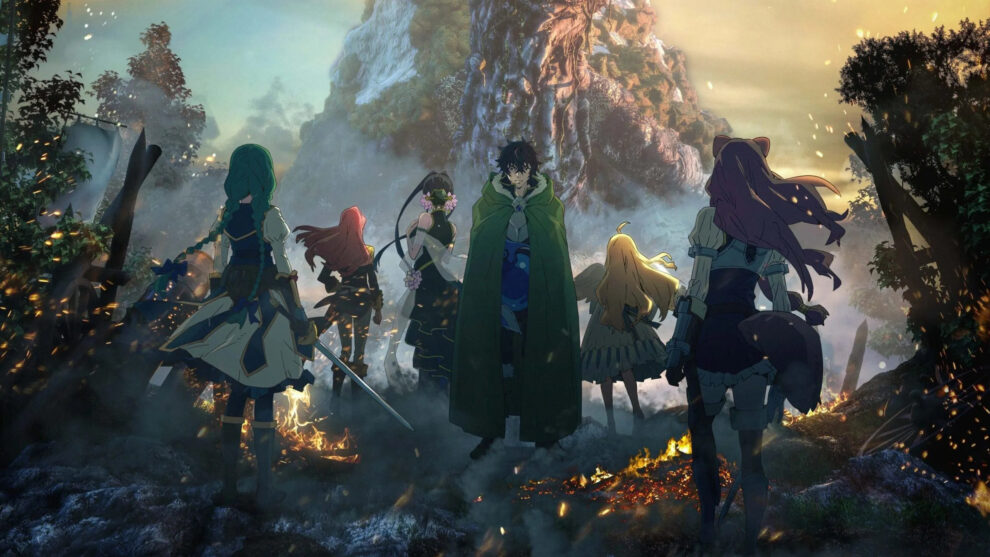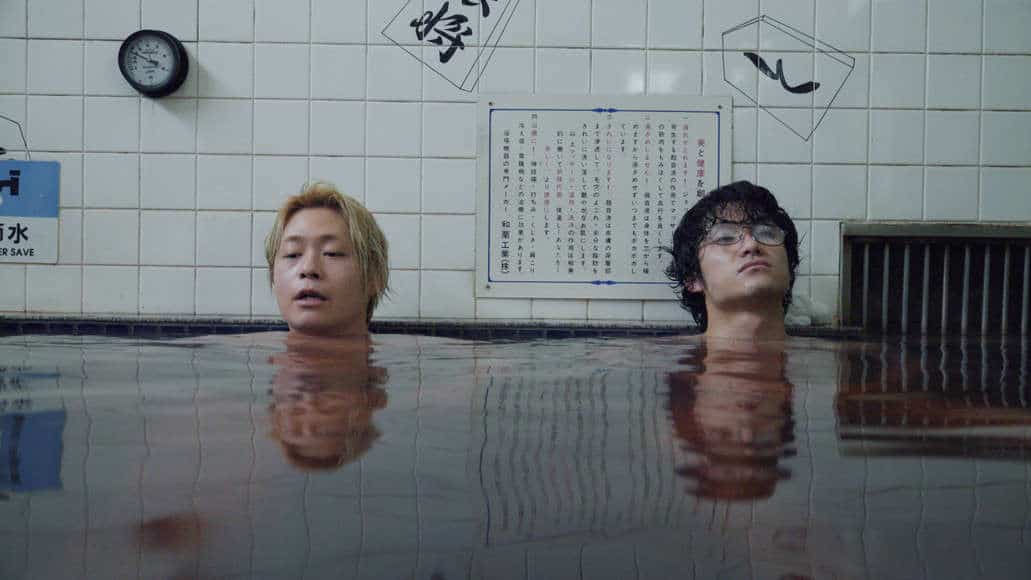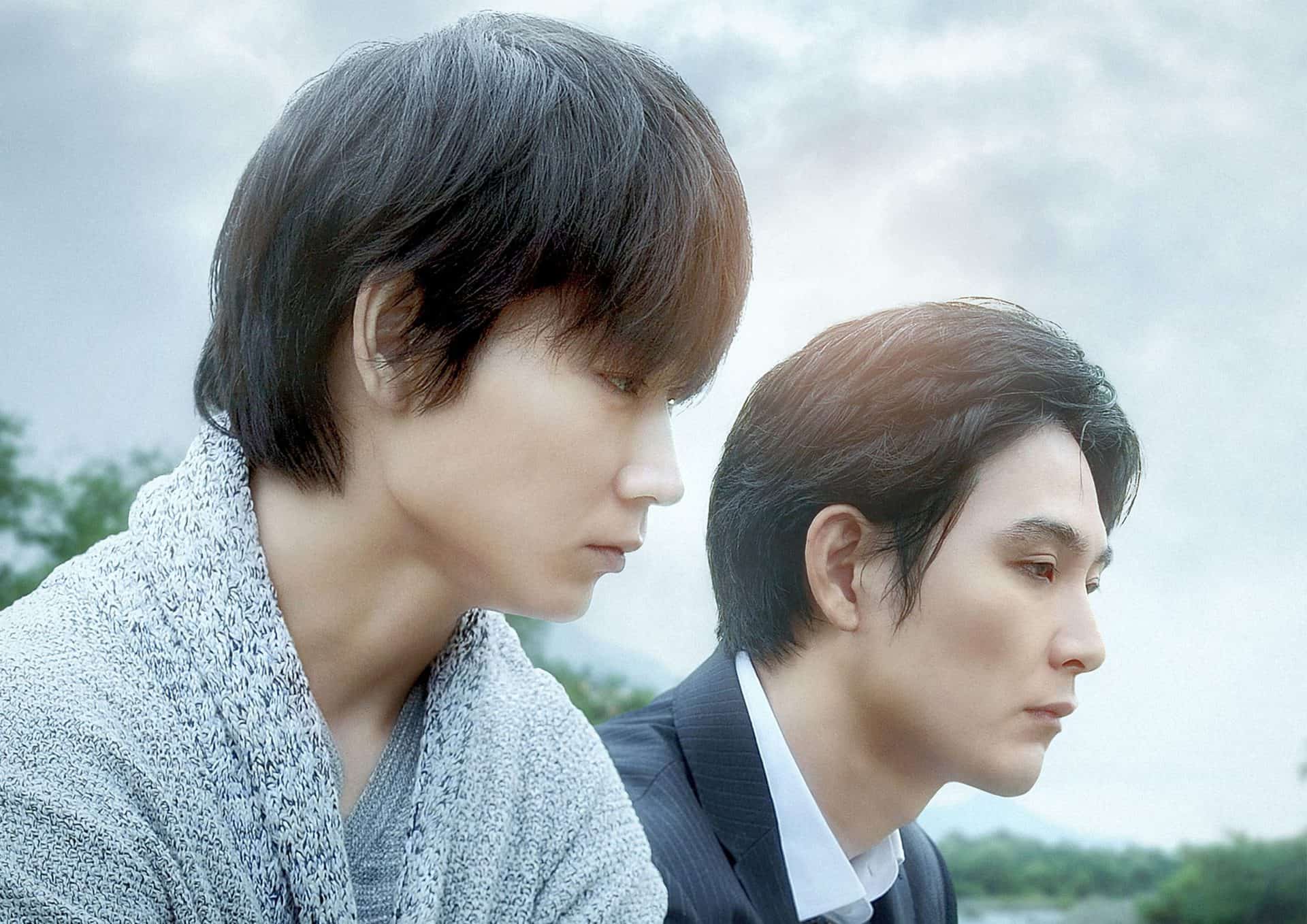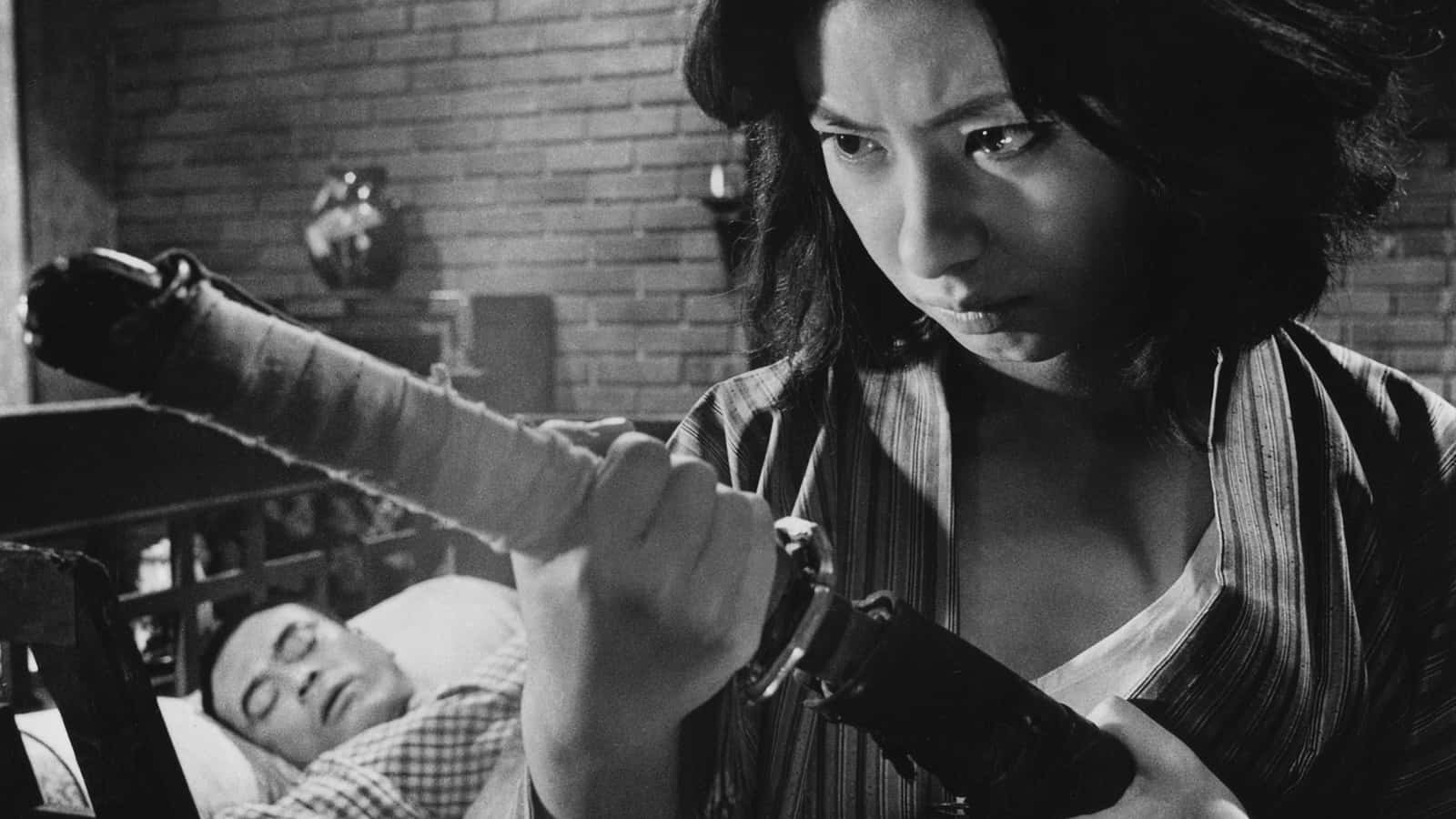Back in 2022, when I was reviewing the first season, I wrote “With the exception of the mid part and a few episodes close to the end, “The Rising of the Shield Hero” emerges as an excellent title that manages to differ from the plethora of similar anime, due to its overall context.” Unfortunately, the second season seems to be more like the mid part of the first, with the majority of the elements that made the title unique, missing from it. Let us take things from the beginning though.
Watch This Title on Crunchyroll
by clicking on the image below
Following the events of the first season, and while everyone is trying to prepare for the new Wave, a new enemy appears in the form of the Spirit Tortoise, a humongous beast that has awakened and is spreading destruction wherever it appears. The Spirit of Tortoise Kindgom asks assistance from the Heroes, but Naofumi is the only one who accepts, and travels there with his escort of female fighters (harem if you prefer). After fighting a number of animal-like familiars, and as they reach the kingdom, they stumble upon a mysterious woman who asks Naofumi to kill her. It is soon revealed that is also a familiar of the Tortoise, although one who wants to prevent it from causing more destruction. Ost, as is her name, soon joins the group, while the Shield Hero mobilizes the different troops of the kingdom in order to face the enemy. Eventually, another villain, more human this time, appears in the form of Kyo.
In the second part of the season, Naofumi, Rishia, and a de-aged Raphtalia wake up in a cell, discovering that all their stats have gone down back to Lv. 1. Eventually they are joined by a girl named Kizuna Kazayama, who introduces herself as one of the four Cardinal Heroes of her world, the Hunting Hero, summoned from Japan just like Naofumi. As the next Wave approaches, and the protagonists do not seem to get their powers back or find their lost comrades, Kizuna suggests traveling to her summoned country of Sikul for help, but Kyo is lurking there also.
Check the review of the first season
Let us start with the positive, which this time, are less than the negative unfortunately, with the change in direction from Takao Abo to Masato Jinbo not helping an original material that feels definitely subpar. To the positives, though. The fact that the protagonist is not unforgiving and bigger-than-life in his overall conduct, constantly asking for revenge essentially, continues to be one of the most interesting narrative elements here, essentially making Naofumi more realistic than similar characters in other Isekai anime. Furthermore, the appearance of Ost, who is a tad more sexy (and essentially adult) from the other barbie-like members of the harem here, is a nice addition, also due to the drama revolving around her presence. The fact that she is also the first to talk about sex in the series, and in a serious way for that matter, adds to the overall context here, in one of the most mature elements of the title. Lastly, her design is a testament to the quality of Masahiro Suwa's character design, with the change in aesthetics working quite well, as most of the rest of the female characters look too much alike.
The Spirit Tortoise is excellently designed and the battle with it truly epic, also in the way it is firstly incapacitated, in rather brutal fashion. Kinema Citrus's animation finds its apogee in these sequences, as much as in the other final battle, in the second part. Lastly, the starting anew in terms of level is an interesting twist, while the change of setting that takes place in Sikul, which is definitely oriental instead of medieval, also works nicely for the series, showcasing the work done in the overall background drawing.
And to the negatives. The plethora of characters, most of which are female according to the “rules” of the harem genre, results in the loss of empathy for any of them after a point, both due to their number but also to their drawing, as they are similar more or less. Furthermore, this aspect also detracts from the analysis of Naofumi, who is essentially examined only through his interactions with them and the enemies that appear, which also detracts from the interest he garnered in the first season. The writing of the Turtoise arc is mediocre to say the least, with the episodes essentially looking like fillers. The quality rises in the second arc, but not that much, since the parade of new characters is not exactly ideal for the story.
The battles, with the exception of the ones with the turtle, are also largely unremarkable, with the return of the protagonists to base level on the second arc not exactly helping. Add to all that the character design seems a bit blunt, the overly bright color, the RPG game elements placed in the background, and the lack of any kind of intricacy in the context and you have a title that seems to have been left behind in 2019 (and even before), while the industry and Isekai in particular, have evolved quite significantly. The 13th episode of the series seems to cement all the aforementioned faults, as it is highly unnecessary for the economy of the story.
Despite some good elements here and there, the second season of “The Rising of the Shield Hero Season” is disappointing, and definitely unworthy of the excellent first one.















